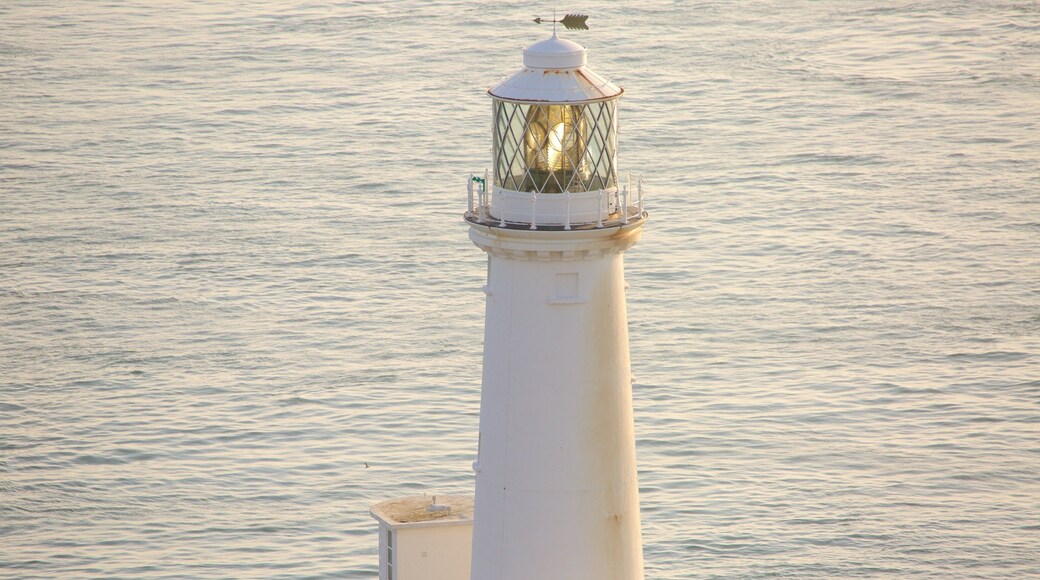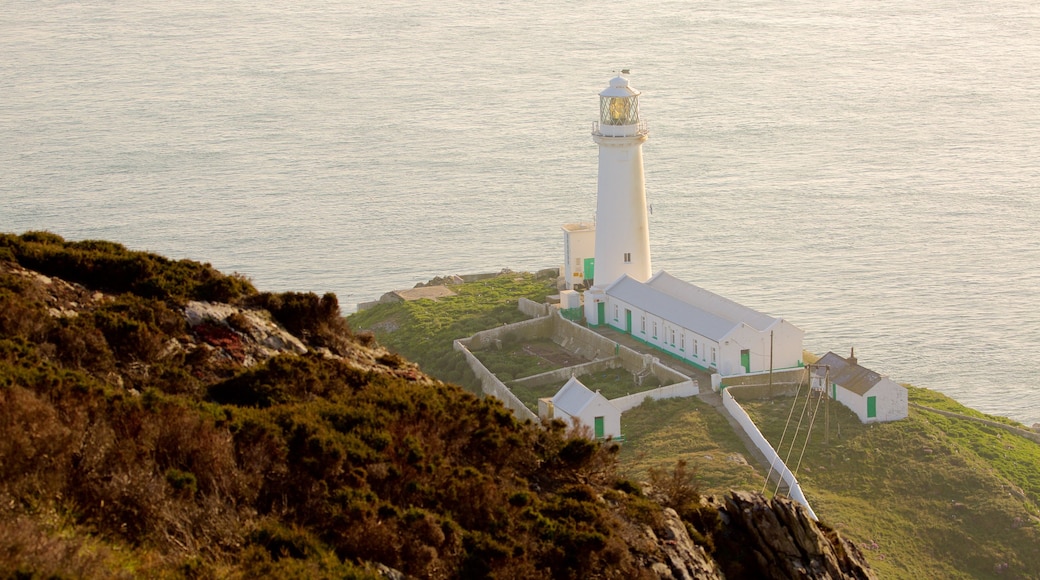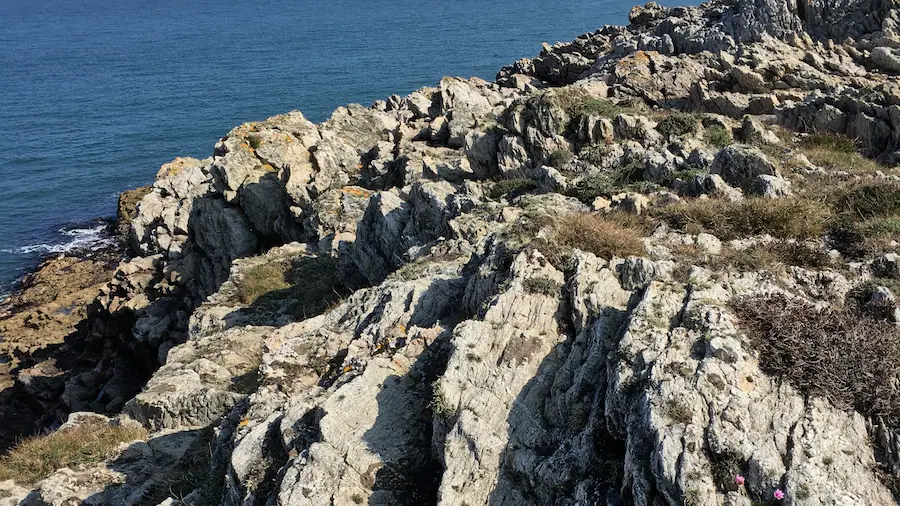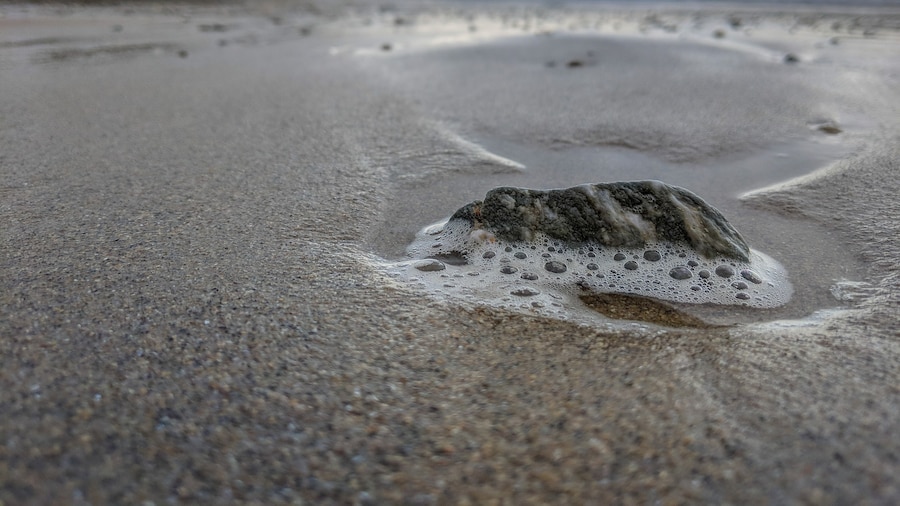Old lighthouses are wonderfully romantic spots, with their inspiring views, lonely locations, and a powerful proximity to the elements. Lighthouses don’t come much better than South Stack’s which has stood proud since 1809. Not far from Holyhead, the largest town on the island of Anglesey and, these days, a busy ferry port, the lighthouse assists the passage of ships on the Dublin–Holyhead–Liverpool sea route, which crosses some famously stormy seas.
South Stack commands an awesome location: separated from Holyhead Island by 30 metres, the coastline from the breakwater to the south western shore is comprised of imposing granite cliffs rising vertically from the sea to a height of 60 metres.
Designed by Daniel Alexander, the original lighthouse was fitted with Argand oil lamps and reflectors, the most powerful illumination of the day. Its most dramatic moment came on 25th October 1859 when one of the most ferocious storms of the century drove ashore or wrecked over 200 vessels. Assistant Keeper Jack Jones lost his life on this night, after being struck on the head by a rock fallen from the cliff as he tried to cross the iron bridge connecting the islet with the mainland.
Today, like most of the lighthouses in the UK, the great beam at South Stack is automated. Since 1984, both the large sweeping light and fog signal have been remotely controlled from the Trinity House Operational Control Centre in Harwich, Essex. Nevertheless, it still provides a vital service for coastal shipping, offering the first beacon along the northern coast of Anglesey for eastbound ships.
Much beloved by photographers, the South Stack Lighthouse has become one the iconic images of Anglesey, often appearing on brochures and web sites promoting the island. It’s well worth a visit if you’re in the area, though be prepared for a steep climb if you decide to attempt the top deck!









